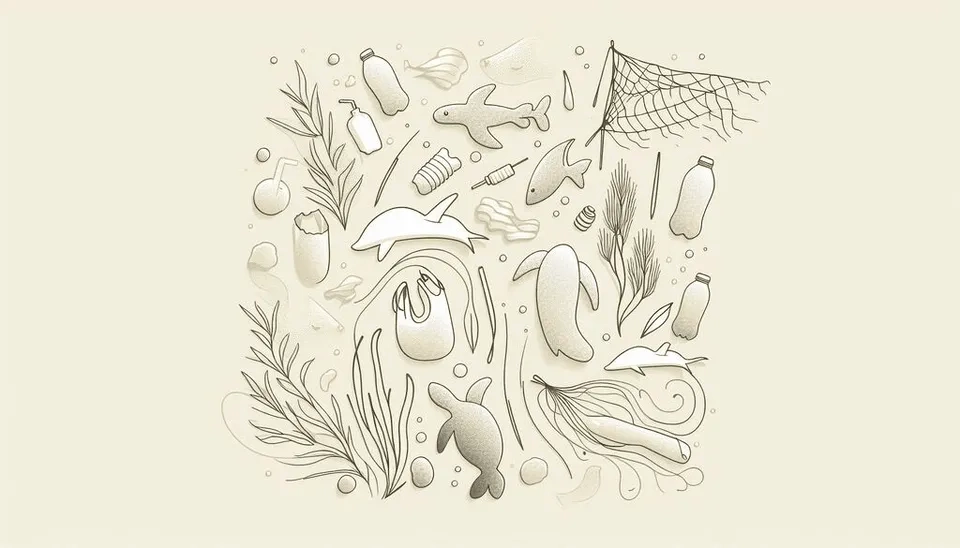
Plastic islands instead of the Canary Islands or plastic mountains instead of icebergs in the middle of seas and oceans! It may not be believable, but at least it is not far-fetched. How? On the one hand, plastics are used significantly every year and their consumption increases year by year. On the other hand, 9% of plastics are recycled, 12% are burned, and the remaining 79% are buried and accumulated in landfills and natural environments such as rivers, lakes, seas, and oceans. It is also predicted that the amount of plastic pollutants accumulated in landfills and the natural environment will reach 12 million tons per year by 2050. The continuation of this process has introduced a significant amount of plastic pollution to the oceans and water bodies, which requires plastic pollution management in marine environments (Geyer et al., 2017).
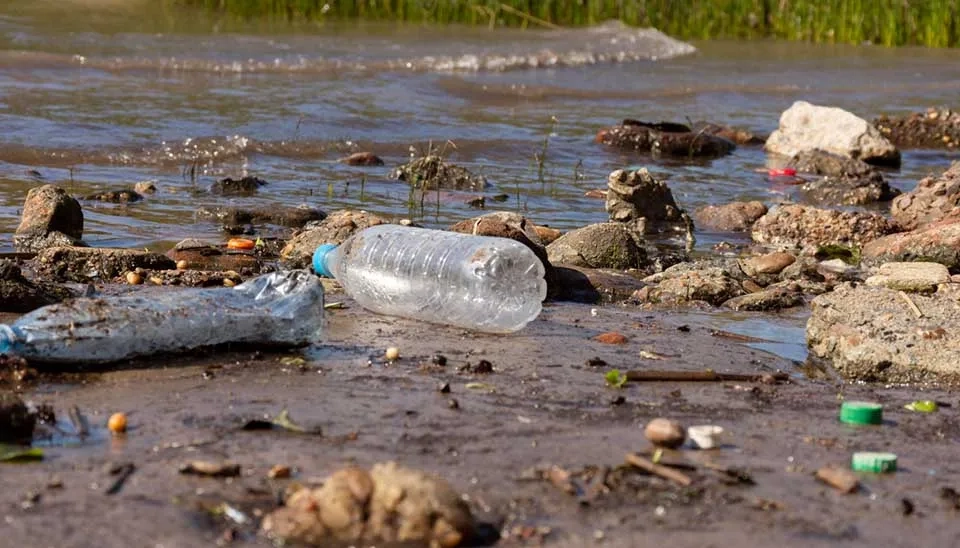
Due to the effects of plastic pollution on human health, ecosystems, biodiversity, and the economy, the effective management of plastic pollution in marine environments requires comprehensive approaches, which are generally divided into two categories: 1) preventing the spread of plastic pollutants and reducing plastic pollution in marine environment, and 2) plastic pollution management in marine environment after the release of pollutants when preventive measures cannot be taken. In this article, we present the methods for the prevention, reduction, and management of plastic pollution in marine environments (Nikiema and Asiedu, 2022).
1. Importance of Plastic Pollution Management in Marine Environment
The short-term and long-term effects of plastic pollution, followed by extensive biological and environmental stressful challenges and tensions, have caused financial, scientific, economic, and political costs for stakeholders. The global priority to achieve the sustainable development goal requires the reduction and control of environmental pollution such as plastic pollution (Iroegbu et al., 2021). The effects of plastic pollution have caused governments and societies to seek policies for the management of plastic pollution in marine environments. Most of the current laws and policies are from developed countries such as America, Canada, and Europe. Although the obtained management policies are limited and most of the studies until early 2018 were based on preliminary studies, it is expected that more measures will be taken in the future so that the stakeholders have more participation in the management of plastic pollution in marine environments (Kurniawan et al., 2022).
2. Plastic Pollution Solutions in Marine Environments
Plastic pollution solutions in marine environments include recycling, education, and reduction, which can directly and indirectly prevent their spread in marine environments. In the following, we will go into the details of each of the plastic pollution solutions in marine environments:
2.1. Plastic Pollutants Recycling
Plastic pollutant recycling can play a significant role in the management of plastic pollution in marine environments and prevent its spread. In general, there are three methods for plastic pollutant recycling:
1. Mechanical plastic pollutants recycling, which produces similar or downgraded plastic materials while maintaining chemical properties and includes the following steps: collection and sorting, grinding, washing, drying, granulating, and compounding. Mechanical recycling optimizes the use of plastic resources, increases their lifespan, and reduces negative environmental effects (Ragaet et al., 2017).
2. Chemical pollutants recycling, which changes the chemical structure of chemical pollutants through chemical and biochemical reactions and enables the use of chemical pollutants in other applications, industries, and new products such as liquid fuel, synthesis gas, or plastic monomers. Three common methods in chemical recycling are pyrolysis, catalytic pyrolysis, and conventional gasification (Davidson et al., 2021).
3. Incineration, which provides energy because of the high calorific value of plastic (Gradus et al., 2017).
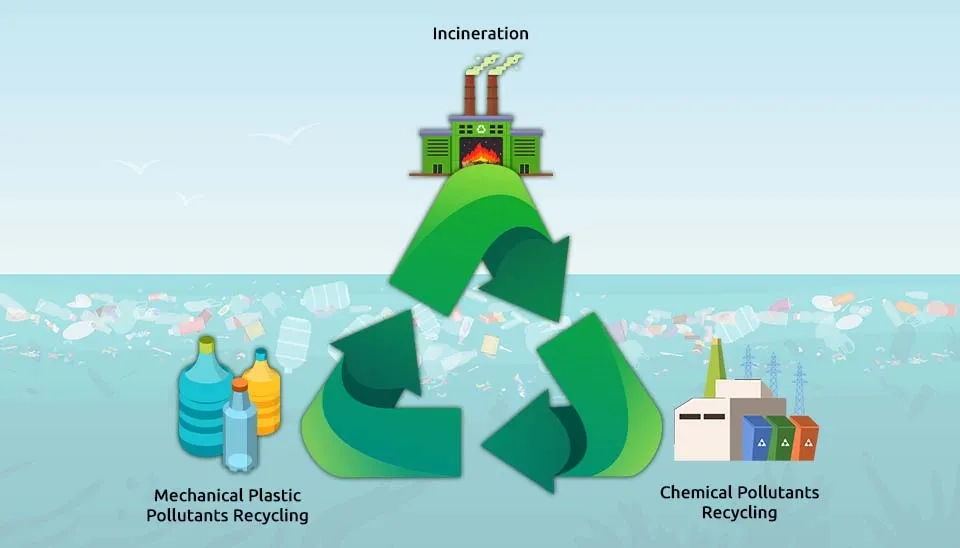
2.2. Plastic Pollution Education in Curricula
Plastic Pollution Education, especially in children, can increase their awareness of the importance of plastic pollution and its consequences. Increasing awareness of the dangers and consequences of plastic pollution through formative education from childhood will create acceptance for everyone from childhood. Plastic pollution education is not specific to the school, whereas, during home, formal, and religious education it is possible to create a sense of environmental responsibility and appreciation in children. Since prevention is better than treatment, plastic pollution education can be an effective preventive measure in the reduction and management of plastic pollution in marine environments (Filho et al., 2018).
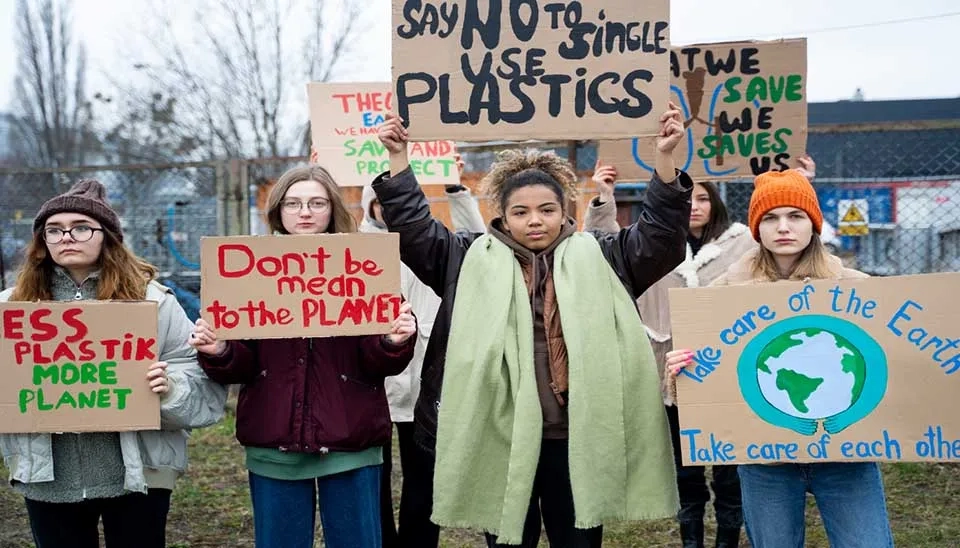
2.3. Extended Producer Responsibility
Extended Producer Responsibility (EPR) is a managerial-political strategy that intends to reduce the risks associated with plastic pollution through recycling, prevention, and reducing plastic pollution in marine environments. EPR requires manufacturers to consider the environmental aspects of products during the life cycle stages and reduce the negative social, safety, and health effects that contribute to the health of natural ecosystems, including marine environments. Therefore, EPR has caused manufacturers to switch to environmentally friendly plastics in their products, such as water bottles and disposable containers. The development of EPR goals and the implementation of its management policies require the efforts of all countries, however, it is challenging to guide developing countries to EPR policies (Eriksen et al., 2018).
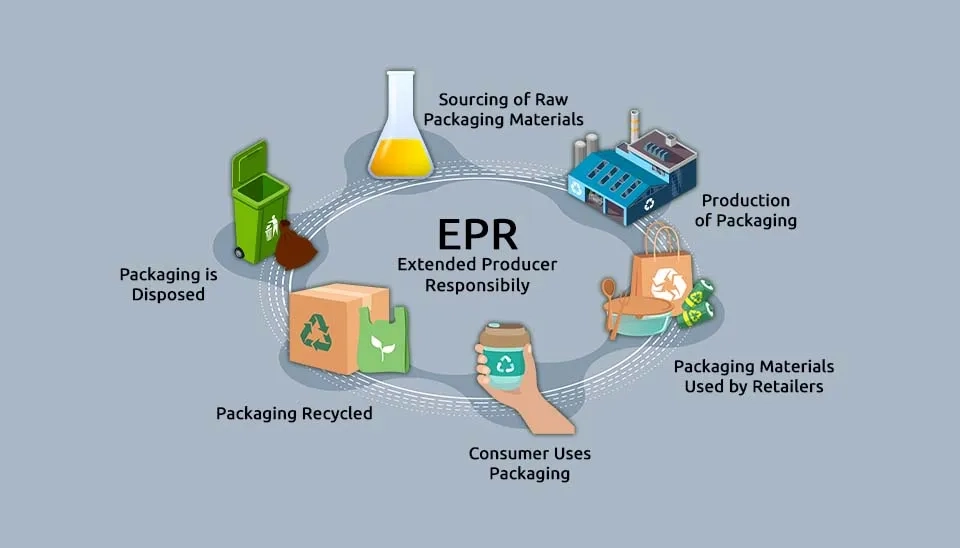
2.4. Green Plastics
Replacing common plastics with green plastic, which has unique characteristics, is one of the solutions to deal with plastic pollution in the water environment. The meaning of unique features is that the impact of green plastic on the environment should be either neutral or have a positive impact on the environment through energy efficiency, reusability, and recyclability. In addition, similar to methods based on bioengineering, green plastic must be biocompatible to avoid secondary challenges. On the other hand, green plastic should also have the characteristics of conventional polymers (Rujnić-Sokele et al., 2017).
Among the green plastics that have the ability to replace regular polymer plastics are nanocelluloses, which have been used in domestic and industrial applications in recent years. Nanocelluloses are superior to polymers due to their unique characteristics such as stability, strength, lightness, versatility, and flexibility. The properties of nanocellulose in spinning, flexibility, molding, and casting have caused them to be widely used in various industries such as the packaging industry and making composites (Thomas et al., 2018; Ray et al., 2021).
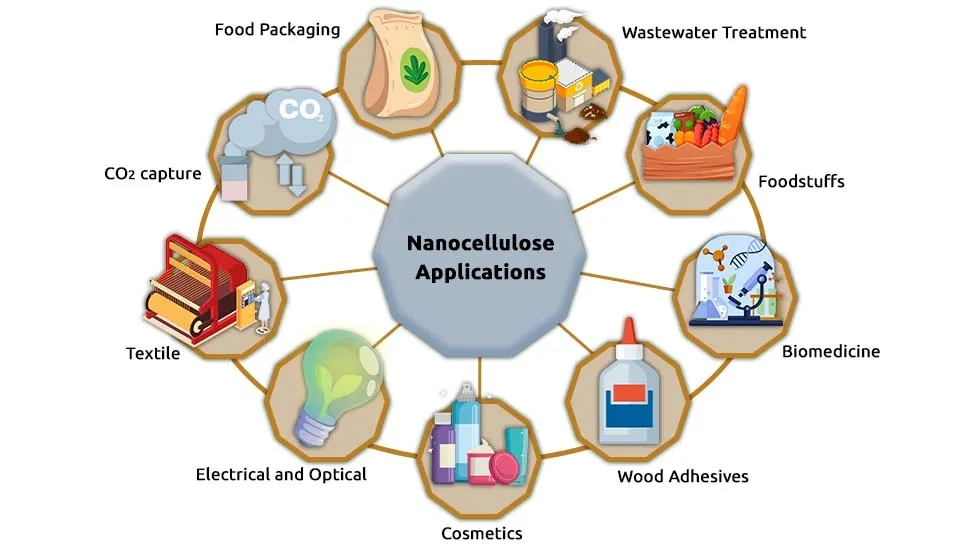
2.5. Biotechnology Solutions for Plastic Pollution
One of the future plastic pollution solutions in marine environments is bioengineering and biotechnology methods through the biodegradation of plastics using fungi, bacteria, and enzymatic hydrolysis. For example, polyethylene terephthalate and polyethylene can be decomposed using the bacteria Ideonella sakaiensis and the marine fungus Zalerion maritimum. Methods based on biotechnology, the development of native microflora, and the recognition of microorganisms can be a sustainable and green solution to remove plastic pollutants in the future. However, nowadays, most methods based on bioengineering are effective on a laboratory scale, and on an industrial and macro scale, more studies are needed to break down and deal with plastic pollutants (Paço et al., 2017; Yoshida et al., 2016).
One of the methods based on bioengineering is the use of biodegradable materials for reducing plastic pollution in marine environments. Starch, cellulose, lignin, and bioethanol are some of the renewable raw materials that form the structure of bioplastics. Despite the importance of bioplastics and their less negative environmental effects, currently, they constitute about 0.5% of the produced plastics, but it is estimated that they will be welcomed by manufacturers in the future (Samir et al., 2022). Biodegradable plastics can be biodegraded in aerobic or anaerobic conditions and in the presence of microorganisms. Bioplastics are classified into three groups (Pico and Barcelo, 2019):
Biobased or semi-biobased non-biodegradable polymers such as polyethylene, polypropylene, and polyethylene terephthalate biopolymers and bio-based technical performance polymers, such as polytrimethylene terephthalate or thermoplastic polyester elastomers. These sustainable polymers are made from biological sources.
Biobased and biodegradable polymers, such as polylactic acid and polyhydroxyalkanoates or polybutylene succinate.
Polymers based on fossil resources and biodegradable, such as polybutylene adipate terephthalate or polybutylene succinate.
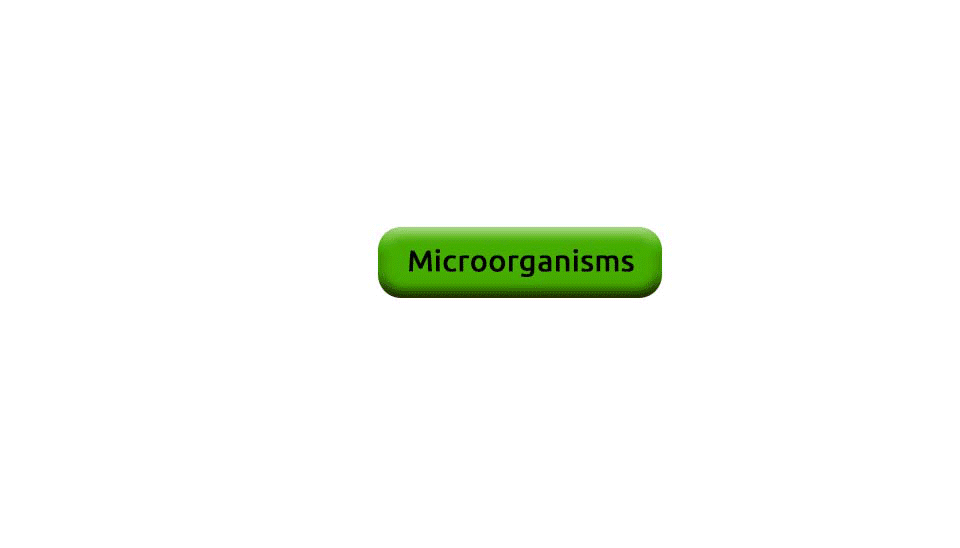
2.6. Circular Economy Practices
In the past, the solution for plastic pollution was to prevent the production of plastic products such as plastic bags. In other words, the prevailing thinking in the management of plastic pollution was linear and the secondary values of plastic pollution were ignored. However, the approach taken in the circular plastic economy seeks to create a value chain in plastic products from their design and production to end-of-life. In the perspective of circular economy, the end of a product's life is replaced by the reduction, reuse, and recycling of materials in the production, distribution, and consumption processes. The circular economy also leads to an increase in the value of secondary materials and plays a key role in reducing plastic pollution in marine environments. In addition to controlling plastic pollution, the circular economy will also bring social and economic benefits by creating job opportunities in the two sectors of services and waste management (45 to 50 million job opportunities) (Syberg et al., 2021; Kumar et al., 2021; Kock et al., 2020).
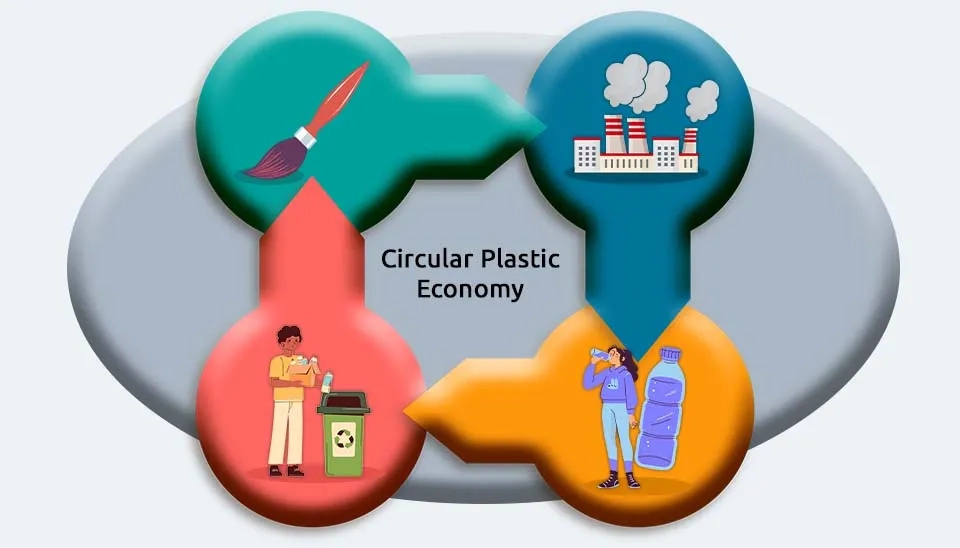
2.7. International Cooperation and Agreement for Plastic Pollution Control
The main strategies and policies for preventing and reducing plastic pollution in marine environments, until now, have been limited to developed countries at the local, national, and regional levels. Considering the continuation of plastic waste into the oceans and seas and the ineffectiveness of small-scale policies, the time has come for an international and global agreement and cooperation. The purpose of this agreement and cooperation is to reduce the demand for plastic products, promote a sustainable plastic economy, and improve waste management infrastructure to ultimately achieve zero plastic waste. International agreements should be comprehensive and include all stages of the plastic production and consumption cycle. One approach in the international and global agreement could be to end fossil fuel subsidies for plastic product manufacturers. Due to the lower cost of production, between 4 and 8 percent of oil is spent annually on the production of raw plastic, which needs to be reviewed. The success of the global agreement and cooperation depends on the comprehensiveness of the programs on a global scale and the monitoring, prevention, and cleanup of plastic pollution (Borrelle et al., 2017).
3. Plastic Pollution Control Technologies in Marine Environments
In this section, we discuss effective technologies for removing and reducing plastic pollution in marine environments. These methods are able to prevent the entry of pollutants into the seas and oceans and if plastic pollutants enter surface waters, they can collect plastic pollution through physical mechanisms.
3.1. Clean-up Floating Boom
Clean-up floating booms are able to trap and collect plastic pollutants from the surface of the water. Clean-up floating booms are layers of logs, polyvinyl chloride, and high-density polyethylene, which are connected by stainless steel connections. The clean-up boom is connected to the cleaning boats and removes the waste from the water through the net and basket system. Booms can have different performance levels, flexible and practical in different water conditions, depending on their shape and size, however, they cannot collect underwater plastics (Nikiema et al., 2020; Helinski et al., 2021).
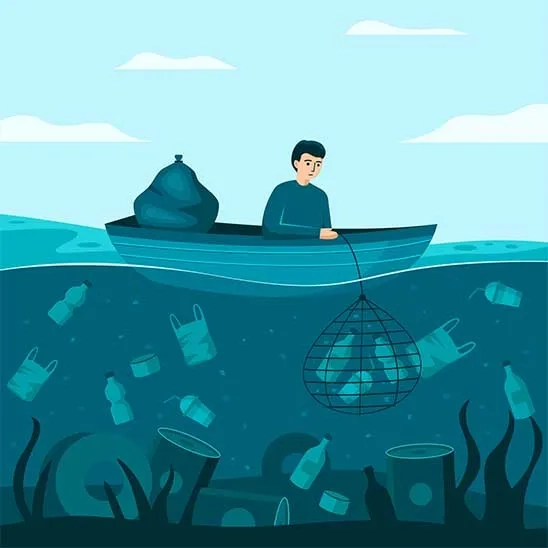
3.2. Trash Racks
Trash racks are devices with bars that are installed at the entrance of water bodies and block and trap plastic pollution before it reaches the water bodies. Bars are mainly made of mild carbon steel, alloy steel, and stainless steel, and the size between the bars should be smaller than the size of the plastic waste. However, with the passing of time and the filling of the space between the bars, trash racks lose their efficiency (frequent structural fatigue) and require manual and mechanical unloading with raking (Zayed et al., 2018).
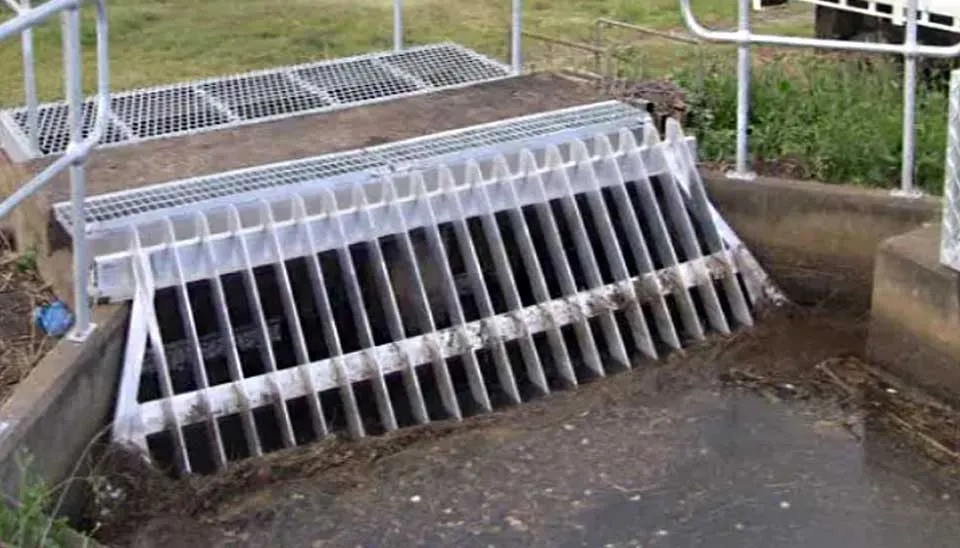
3.3. Sea Bins
Sea bins are a type of garbage bins that collect floating plastic pollutants whose size is less than 2 mm from the surface of water bodies. Sea bins are suitable in areas where the water is calm and there is a power source, such as near docks. The mechanism of sea bins is such that the water enters them from the top of the sea bins and passes through a filter bag so that the waste is trapped inside the filter bag (Riggs and Naito, 2012).
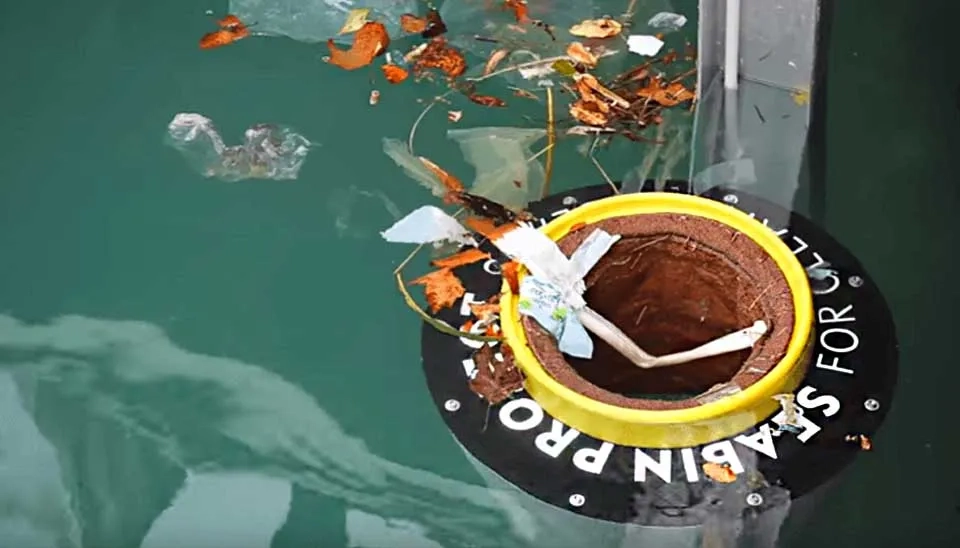
3.4. Drainage Nets
Drainage Nets are installed at the outlet of drainage pipes and prevent the entry of solid waste such as bottles and plastic pollutants, cans, food packaging, leaves, and other pollutants. Most of these pollutants have a domestic origin or are left on urban roads. Therefore, drainage nets prevent the transfer of plastic pollutants to water sources. Drainage nets require constant cleaning and maintenance to be regularly emptied or replaced with new drainage nets to maintain their performance. Pollutants collected in drainage nets can be transferred to recycling centers and finally turned into recycled materials (Papadopoulos, 2019).
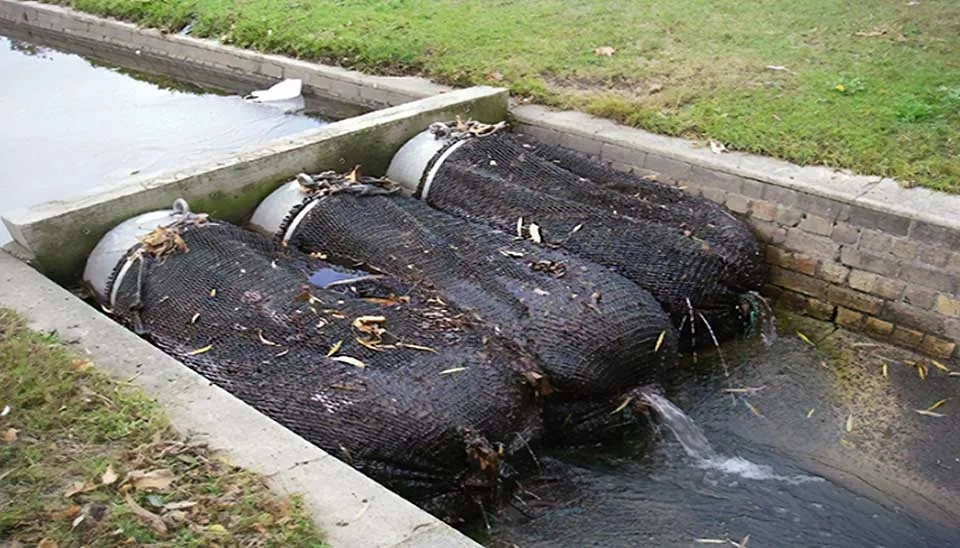
3.5. Autonomous Cleaning Drones
Autonomous cleaning drones are able to collect plastic waste near the beaches and along the docks and prevent their transfer to the oceans and seas. Autonomous cleaning drones are fully electric and unmanned and automatically identify and collect plastics by connecting to a mobile phone. Autonomous cleaning drones can collect up to 62 liters of plastic waste and work for up to 20 hours without recharging, which shows their high potential in reducing plastic pollution in marine environments (BusinbessNorway).
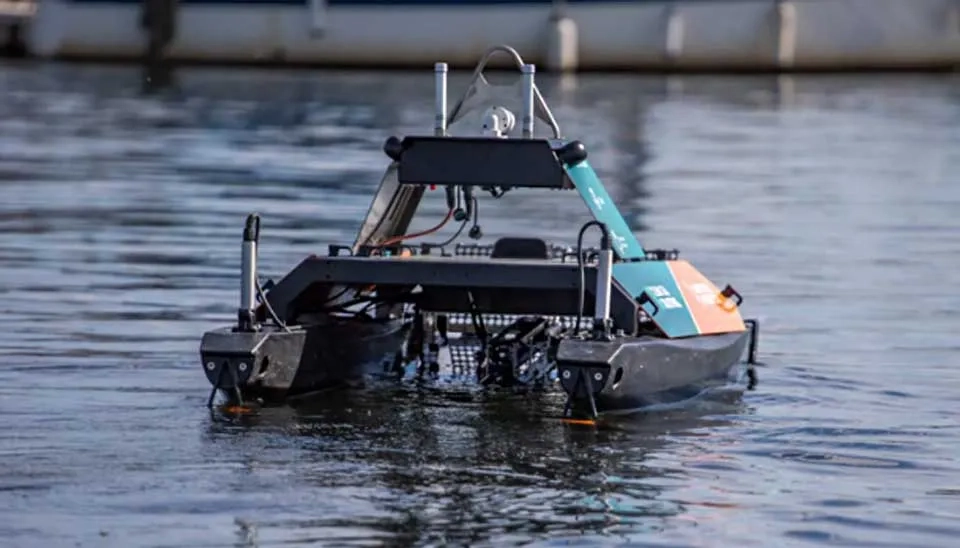
3.6. DeltaSea Marine Debris Collection System
DeltaSea has presented a new technology for collecting plastics, oil, chemical spills, and other marine debris in the form of the DeltaSea debris collection system. Due to its efficiency and economy, the DeltaSea debris collection system can be used in a wide range of water environments such as seas, oceans, lakes, etc. that face a large amount of waste. Other capabilities of the DeltaSea debris collection system are unmanned, remote control, self-buoyant, and self-propelling systems. In addition to the advantages of DeltaSea debris collection system in trapping plastics, it is produced from recycled plastics, which has doubled its advantage in reducing plastic pollution in marine environments. In addition, the energy required for the DeltaSea debris collection system is supplied through sunlight and sea waves, showing its eco-friendliness (DeltaSea).
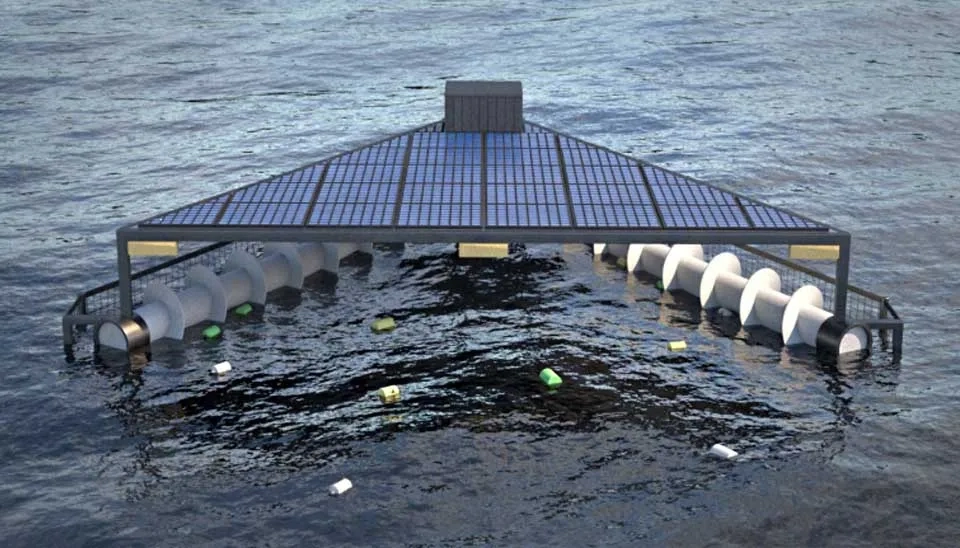
3.7. Underwater Robotic Cleaners
The technologies that have been introduced in this article have sought to collect plastic waste from the surface of the water. But from 2021 and in the form of the SeaClear project, the goal is to collect underwater plastic waste with underwater cleaner robots. Since about 94% of waste is placed at the floor of the sea and ocean, such as nets, plastic and glass bottles, and tires, and the only way to collect them is by divers, the robotic system can be a practical and affordable solution to collect underwater plastic pollution. Underwater cleaner robots use methods based on artificial intelligence to automatically distinguish plastic waste from other creatures on the sea floor. Also, they use a robotic ship that floats on the surface of the water to provide electrical energy. In the future, it is expected that new horizons of underwater cleaner robots will be unveiled to answer the challenges of underwater pollution (European Commission, 2022).
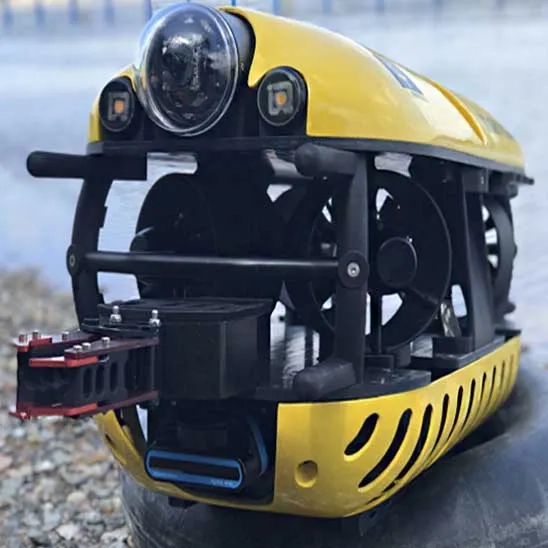
3. Conclusion
Considering the importance of plastic pollution in marine environments and its diverse sources, types, and effects, it is necessary to provide a wide range of management methods and policies to help the management of plastic pollution in marine environments. In this article, the strategies of plastic pollution control (education, recycling, and reduction) were discussed. Since prevention is better than cure, it is necessary to prevent plastic pollutants from entering marine environments through green plastics, EPR policy considerations, and educating children. In case of plastic contamination entering the marine environment, technologies such as trash trunks, DeltaSea debris collection systems, clean-up floating booms, underwater cleaner robots, autonomous cleaning drones, drainage nets, and sea bins should be used to collect plastics directly. In the meantime, methods based on nanobiotechnology and bioengineering can help plastic pollution control through biodegradable or biopolymer production, which is a preventive-therapeutic solution in the face of plastic pollution. Hence, the realization of sustainable development and management of plastic pollution in marine environments requires comprehensive attention and efforts from stakeholders and developing and developed countries.
